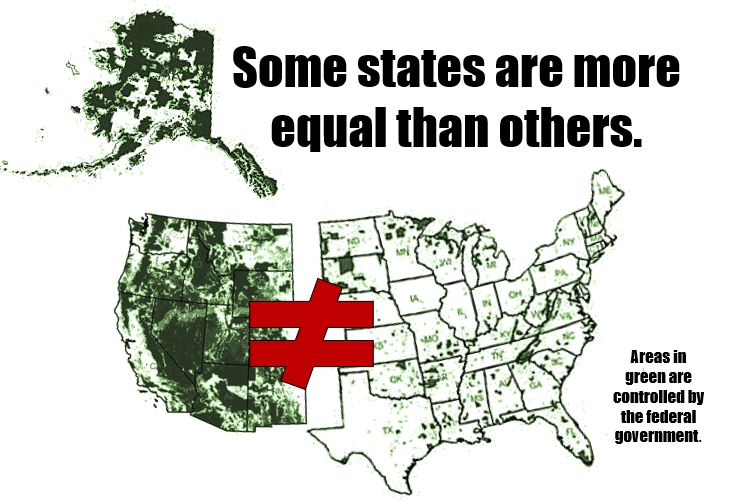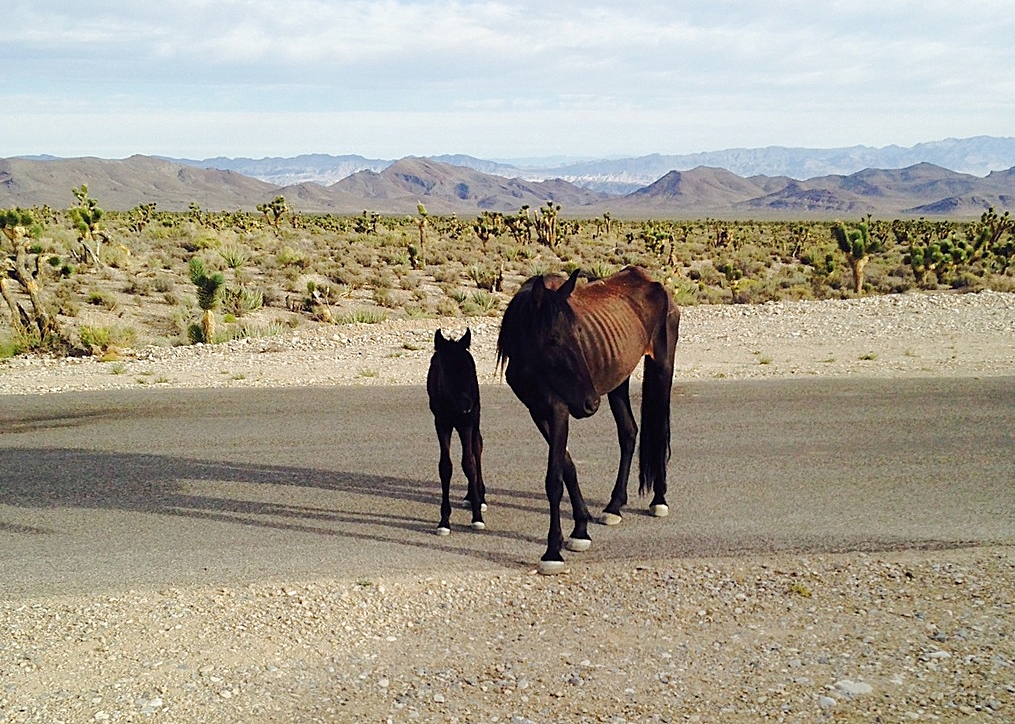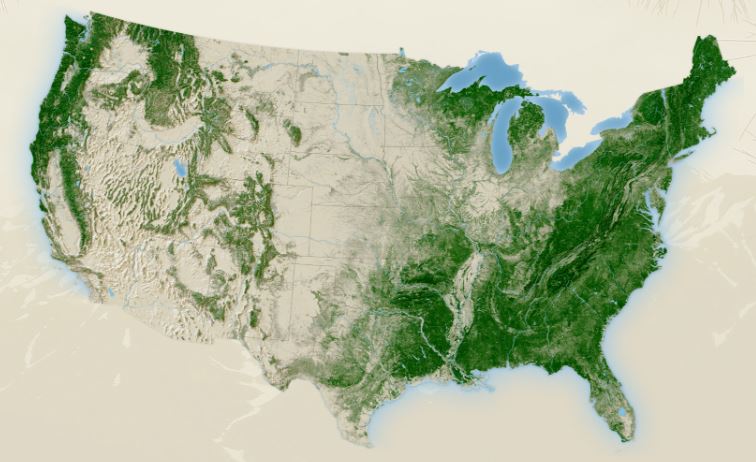An extensive study of caribou herds across British Columbia and Alberta suggests a way to reverse a long and steady decline of the endangered species — kill more wolves and moose, and pen pregnant cows.
CP The Canadian Press
“It’s that black or white”: Wolves must die to save Canada’s caribou
EDMONTON — An extensive study of caribou herds across British Columbia and Alberta suggests a way to reverse a long and steady decline of the endangered species — kill more wolves and moose, and pen pregnant cows.
“It’s go hard or go home,” said Rob Serrouya, a University of Alberta biologist and lead author of the study released Monday in the Proceedings of the National Academy of Sciences.
“Unfortunately, it’s that black or white.”
Another study released within days of Serrouya’s suggests another way. And wildlife advocates worry Serrouya’s findings could be misused, illustrating the complexity of what he calls the “toughest conservation challenge in North America.”
Serrouya and his colleagues looked at 18 caribou herds ranging over more than 90,000 square kilometres. At the study’s start in 2004, 16 herds were declining.
Restoring habitat damaged by oil, gas and forestry activity is too slow, said Serrouya. Herds don’t have the decades that takes.
The scientists compared four government-run management programs — killing wolves, protecting pregnant cows, moving caribou between ranges and culling moose that attract predators. Six of the herds were not managed.
By 2018, the unmanaged herds remained unchanged.
But eight of the 12 managed herds improved. Half of them had either stabilized or begun increasing. One almost doubled over three years to 67 from 36 animals.
“That’s almost unprecedented,” Serrouya said.
“It doesn’t mean recovery, but it means some of these herds have turned around. It’s the first study to show management has turned around sharp declines of caribou on such a broad scale.”

Herds with the best growth rates were linked to both maternity pens to protect pregnant cows during calving and extensive wolf kills. Ranges with the best herd growth had the most intense cull.
Those five ranges saw a total of 144 wolves killed every year, mostly by aerial gunning and strychnine. A cull that large over the entire study area would result annually in nearly 650 carcasses, although Serrouya said that’s not being recommended.
Removing moose at the same time would allow managers to kill up to 80 per cent fewer wolves, he said. Still, moose numbers in any one range would have to be reduced by up to 83 per cent.
Free Range Report
Thank you for reading our latest report, but before you go…
Our loyalty is to the truth and to YOU, our readers!
We respect your reading experience, and have refrained from putting up a paywall and obnoxious advertisements, which means that we get by on small donations from people like you. We’re not asking for much, but any amount that you can give goes a long way to securing a better future for the people who make America great.
[paypal_donation_button]
For as little as $1 you can support Free Range Report, and it takes only a moment.



